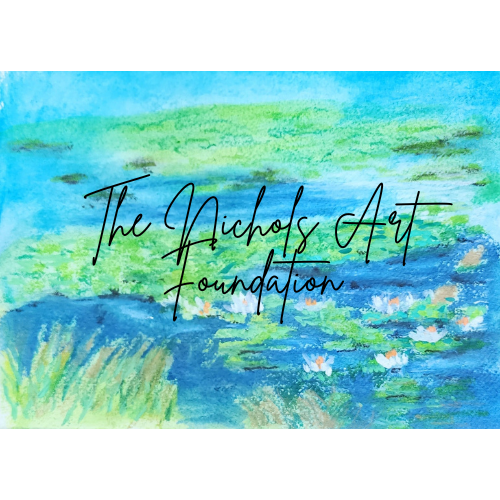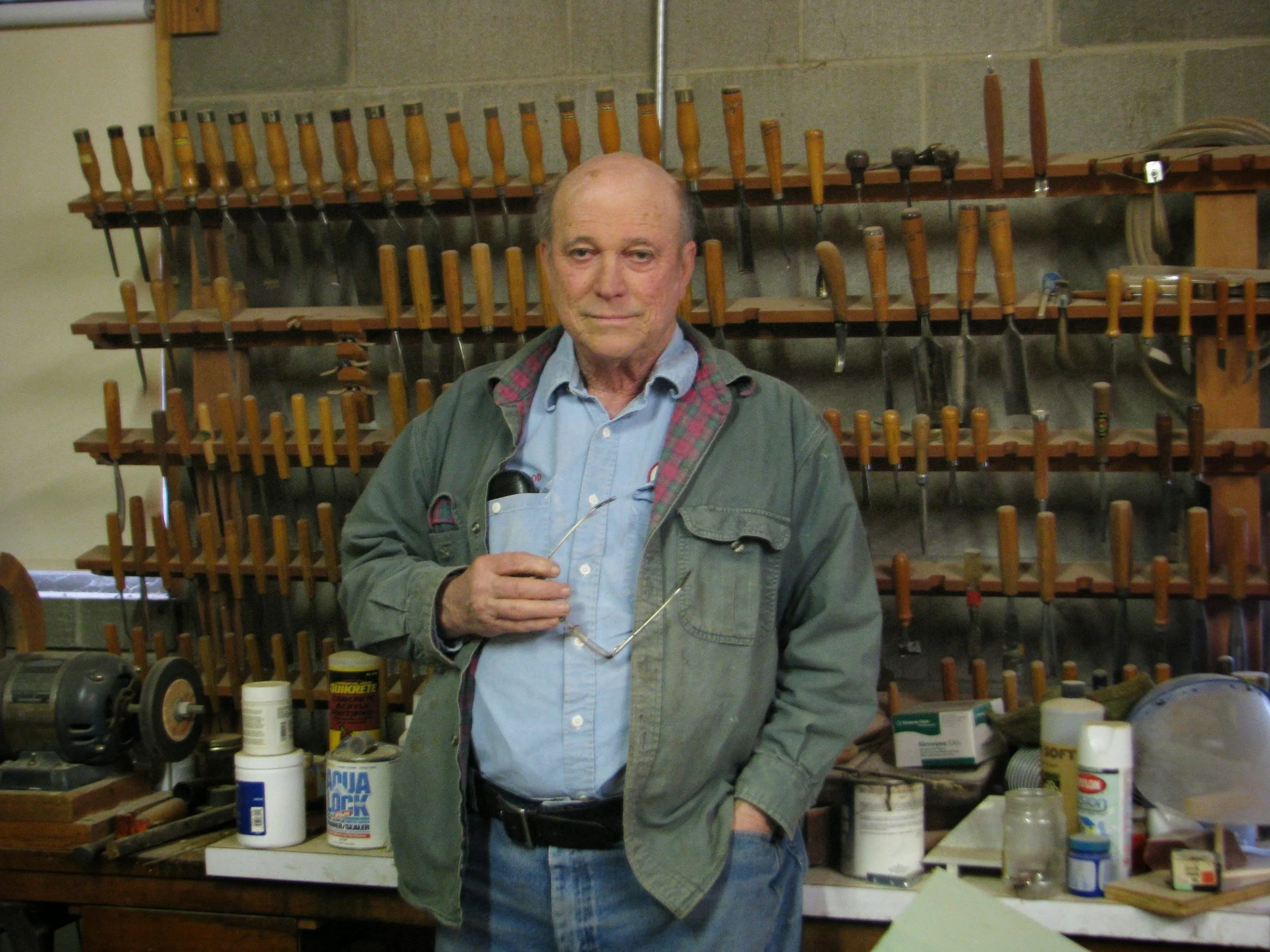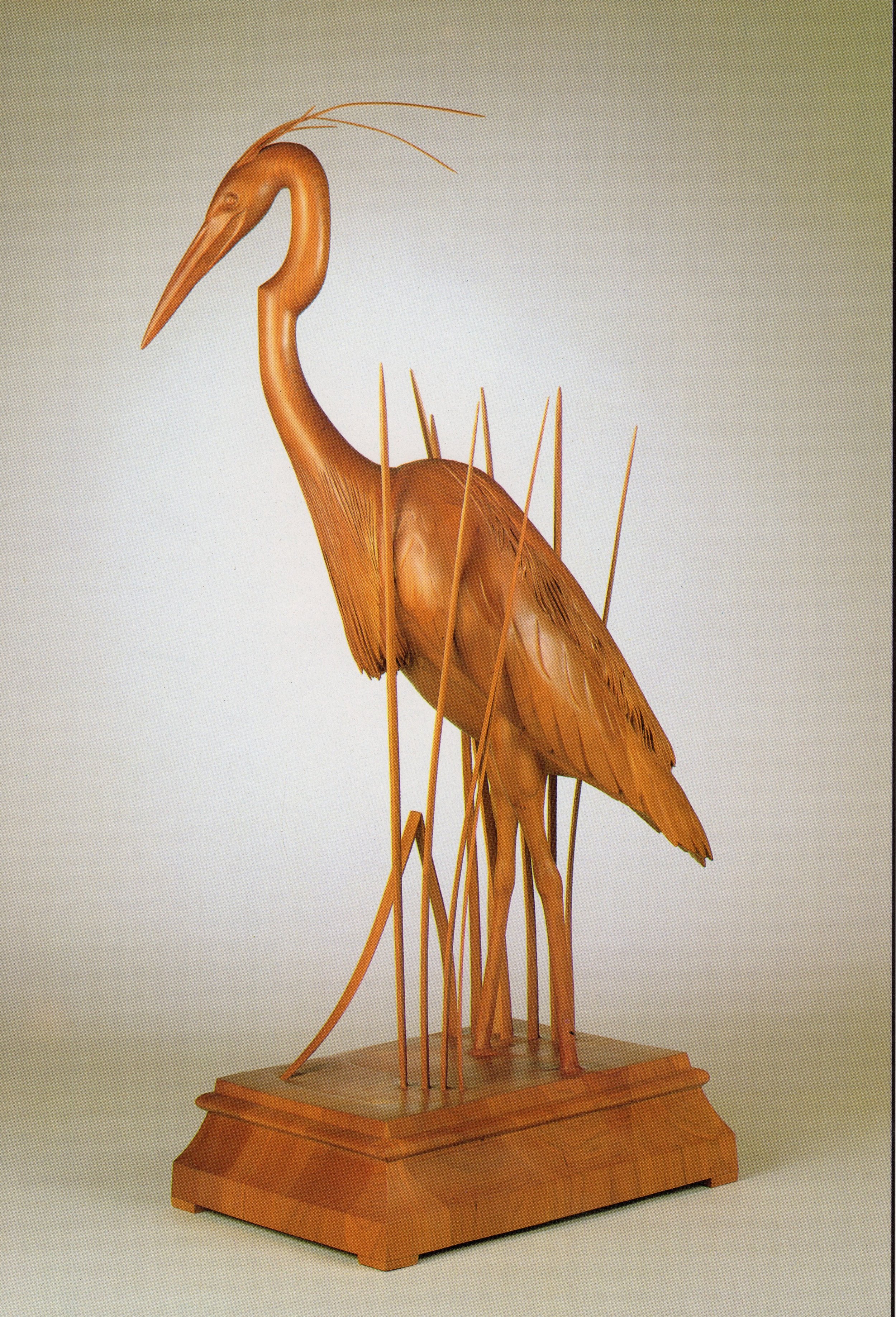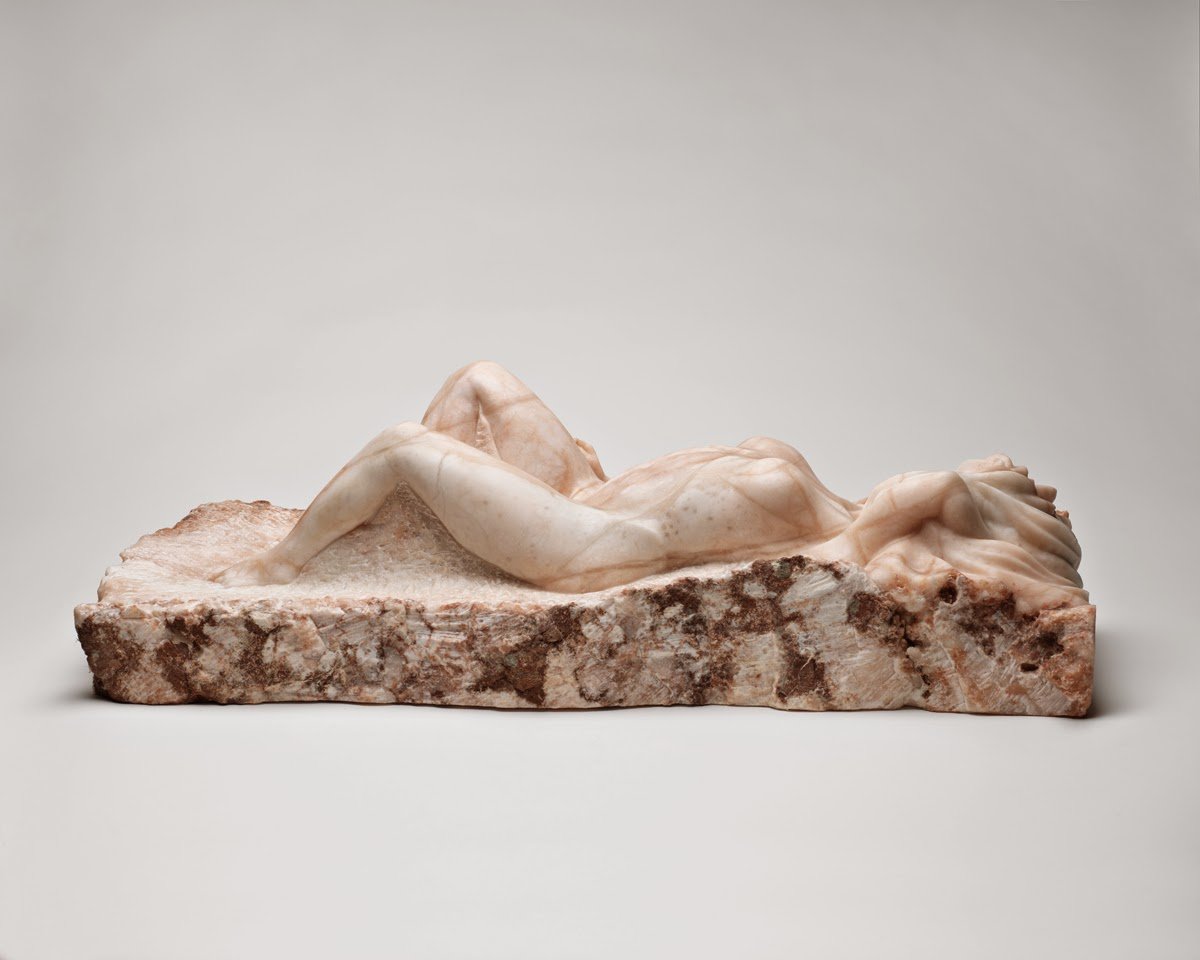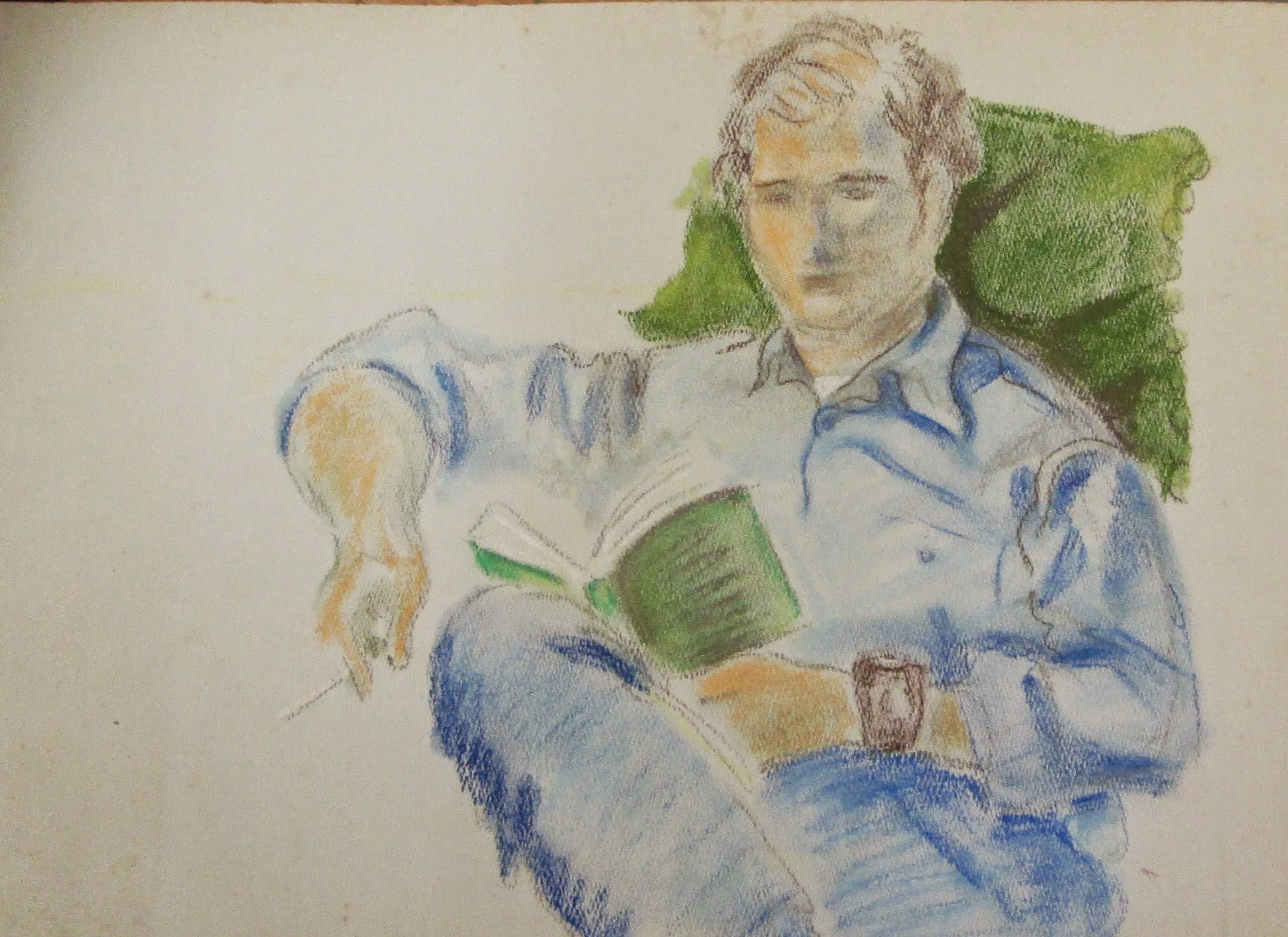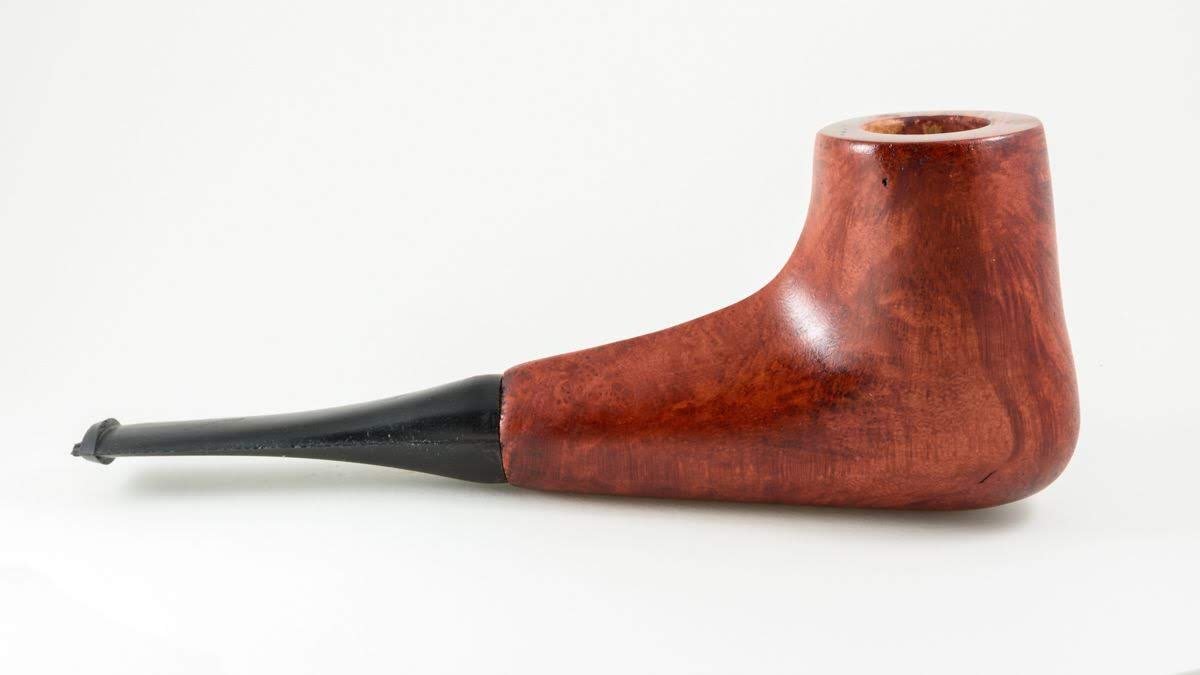
Haywood Nichols:
A Savannah Sculptor's Enduring Legacy
1938-2022
Haywood Nichols, born and raised in Savannah, Georgia (1938-2022), was a sculptor who left a lasting impression on his hometown and beyond. For over 40 years, Haywood dedicated himself to his art, creating numerous works that found homes in private collections across Georgia and many other states. A significant highlight of his career is the inclusion of one of his sculptures, "Stages of a Carving," in Georgia's State Art Collection, recognizing his artistic merit and regional importance.
While Haywood's career spanned decades with his art reaching many private collections and even the state collection, he wasn't widely featured in major galleries or extensively reviewed by critics. This suggests he preferred a more private, studio-focused approach, or perhaps he prioritized direct community engagement over seeking broad national or international art market fame. His family's decision for a private service after his passing also hints at his preference for a quiet personal life. This allows us to see Haywood as a significant local artist whose impact was deeply felt within his immediate community and through his specific public contributions.
-
Haywood's roots were firmly planted in Savannah. He was born on April 26, 1938, and grew up in the family home on 48th Street, which his maternal grandfather originally built. He attended Savannah public schools, spending six years at Charles Ellis Elementary and another six at Savannah High School.
At 17, Haywood joined the U.S. Navy, serving four years of active duty. After returning to Savannah in 1962, he enrolled at Armstrong Junior College, where he met Judy Wilson, who would become his wife of 56 years. Haywood continued to pursue his passion for art, earning a Bachelor of Arts degree from the Atlanta College of Art in 1974. Following graduation, he returned to his childhood home in Savannah, establishing his artistic base right where his story began.
This consistent return to Savannah highlights his profound connection to his hometown. It wasn't just a place he lived; it was a source of inspiration and the primary audience for his creative endeavors. Choosing to build his artistic practice here, rather than seeking opportunities in larger art centers, demonstrates his deep sense of belonging and dedication to contributing to his local community. This rootedness became a defining characteristic of his artistic identity, intrinsically linking his work to Savannah's cultural fabric.
Haywood devoted over 40 years to his profession as a full-time sculptor. During this extensive period, his sculptures found homes in private collections across Georgia and in many other states, showcasing a consistent demand and appreciation for his work.
-
Haywood Nichols' artwork is recognized both institutionally and for his notable versatility in materials and subjects. One of his most significant works, "Stages of a Carving," is a sculpture proudly displayed in Georgia's State Art Collection. This collection features works by Georgia artists from the 1970s to the 1990s, with each piece carefully selected by a panel of experts, making "Stages of a Carving" a work of considerable artistic merit.
While "Stages of a Carving" is part of this prominent state collection, detailed information about its specific sculptural style, materials, or techniques isn't widely available. This is a common challenge in art documentation, where inclusion in a significant collection doesn't always come with public details about the artwork itself. It also reinforces the idea that Haywood's public artistic presence was more about the existence of his work in important collections and spaces, rather than extensive critical analysis of his techniques.
Beyond this institutional piece, Haywood also created a distinctive series of "cat sculptures." These works truly show his thematic interests and remarkable command over various sculptural materials. His cat sculptures were made using a variety of mediums, including bronze, ceramic, wood, and stone. This wide range of materials demonstrates Haywood's extensive technical skill and his willingness to explore different textures, forms, and the unique properties of each medium. The recurring "cat" theme in this series suggests a personal fondness for the subject, possibly reflecting a playful or observational side of his artistic vision. This thematic focus, combined with the diverse materials, gives us a clear look into his artistic identity, showing a range that could encompass both abstract or process-oriented pieces, like "Stages of a Carving," and more recognizable, relatable subjects.
-
Haywood Nichols' artistic practice extended far beyond his studio, showing a deep commitment to public art and community engagement within Savannah. A notable example of his civic contributions is his role as a co-creator of the Children's Botanical Garden of Tiles. This beautiful garden, located on the campus of the Esther F. Garrison School for the Arts in Savannah, was created in 1997 to commemorate Savannah's role as a host for the 1996 Olympic sailing events. A truly unique and heartwarming feature of this garden is its walls, adorned with tiles individually created by Savannah children, symbolizing a collaborative and community-oriented artistic endeavor. The project also included educational components, with eighth-grade students creating a documentary about the garden's origins, featuring interviews with Haywood and Polly Cooper, and historical research.
In addition to fostering contemporary community art, Haywood also lent his expertise to vital historical preservation efforts. He assisted local artisan Chris Phillips in reproducing Victorian-era "slave tiles," a significant project aimed at preserving a tangible piece of local history. Haywood's specific contribution involved helping Phillips achieve "sharper, cleaner molds" for these reproductions, highlighting his technical proficiency and meticulous approach to his craft. This collaboration involved an arduous, multi-day firing process in a backyard kiln, during which Haywood reportedly praised Phillips' dedication.
Haywood's involvement in the Children's Botanical Garden of Tiles and his assistance with the reproduction of historical "slave tiles" reveal a profound commitment to public art and historical preservation within his community. These projects weren't just about aesthetics; they served educational, commemorative, and historical purposes. His collaboration with children on the tile garden shows his interest in fostering creativity in the younger generation and creating accessible public spaces that resonate with local identity. His contributions to the "slave tiles" project demonstrate a deep respect for Savannah's history and a willingness to apply his sculptural skills to initiatives that contribute to the collective memory and heritage of the city. This engagement positions Haywood as a civic-minded individual whose work directly enriched the cultural and historical fabric of Savannah, extending beyond the role of a traditional "fine artist."
-
Haywood Nichols' artistic presence was established through a combination of private acquisitions and significant institutional placements. His sculptures are held in private collections not only across Georgia but also in many other states, indicating a broad appreciation and demand for his work among individual collectors. This widespread private ownership suggests consistent artistic output and a network of patrons who valued his sculptural creations.
A cornerstone of his public recognition is the inclusion of his sculpture, "Stages of a Carving," in Georgia's State Art Collection. This collection, managed by the Georgia Council for the Arts, is a vital repository of works by Georgia artists from the 1970s to the 1990s, serving as both an educational resource and a means of preserving the state's artistic heritage. The presence of "Stages of a Carving" within this esteemed collection signifies official recognition of Haywood's contribution to the state's cultural legacy.
While his works reached private collectors in various states, available information points to a concentrated exhibition presence within his immediate community. Haywood participated in a shared exhibition with Patricia Walker at the Hospice Savannah Gallery. This exhibition specifically featured his "series of cat sculptures in bronze, ceramic, wood and stone," presented alongside Walker's photographs, paintings, and drawings depicting the barrier islands. The opening reception for this local show was held on July 8th. This specific exhibition highlights his active engagement with local venues and his direct contribution to the Savannah art community. The pairing with Patricia Walker, another artist whose work often connects to the regional landscape, further suggests a thematic alignment with local environment and community interests in his public presentations. This pattern reinforces the understanding of Haywood as an artist deeply embedded in and contributing to the vibrant local art scene, rather than primarily operating within a national gallery circuit.
-
Haywood Nichols passed away on October 4, 2022, after a challenging year marked by three strokes, physical therapy, and multiple hospitalizations. His final day was spent surrounded by his family and close friends, described as a "wonderful last day" filled with their visits. His obituary conveys a deep sense of gratitude for the 60 years shared with him, underscoring the profound personal impact he had on those in his immediate circle.
In a reflection of his personal preferences, there was no public service held in Savannah after his passing. Instead, his family opted for a private celebration of his life, with plans to scatter his ashes at sea at a later date. This decision for a private, intimate remembrance, rather than a large public memorial, aligns with the observation that his artistic presence may have been characterized by a more quiet and focused approach.
However, despite this personal inclination towards privacy, Haywood's artistic legacy continues to endure publicly through his substantial body of work and community contributions. His career as a full-time sculptor for over 40 years, with works held in private collections across the nation and, notably, within Georgia's State Art Collection, ensures his lasting artistic presence. Furthermore, his significant involvement in public art projects, such as the co-creation of the Children's Botanical Garden of Tiles, guarantees that his work continues to engage and inspire the Savannah community directly. His assistance in the reproduction of historical "slave tiles" also solidifies a legacy of contributing to the preservation of local heritage, demonstrating a commitment that transcended purely aesthetic pursuits. This interplay between his personal quietude and the tangible, public impact of his art creates a compelling narrative of an artist whose influence, though perhaps not widely publicized, was deeply woven into the cultural fabric of his beloved Savannah.
-
Haywood Nichols Obituary - foxandweeks.com
"Stages of a Carving" - New Georgia Encyclopedia
"Exhibits & openings this week | Art Patrol" - Connect Savannah
Georgia's State Art Collection - Digital Library of Georgia
Georgia's State Art Collection - New Georgia Encyclopedia
Items and Collections - Digital Library of Georgia Search Results
"The World is Your Classroom" - Savannah Magazine
"Are you interested in Architecture, Historic Tiles, Terra Cotta & Bricks in Savannah?" - Tile Heritage Foundation
State Art Collection - Georgia Council for the Arts
